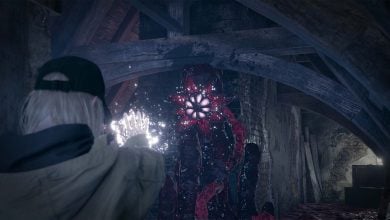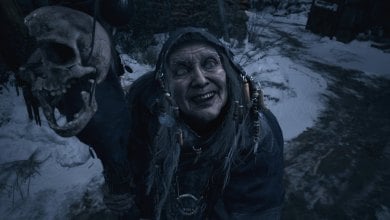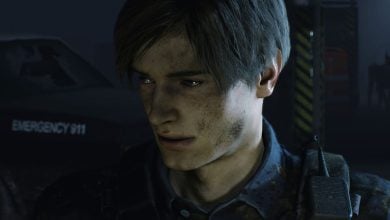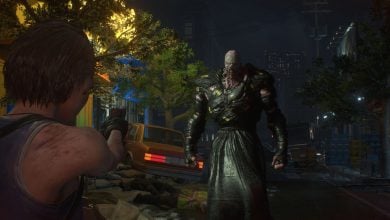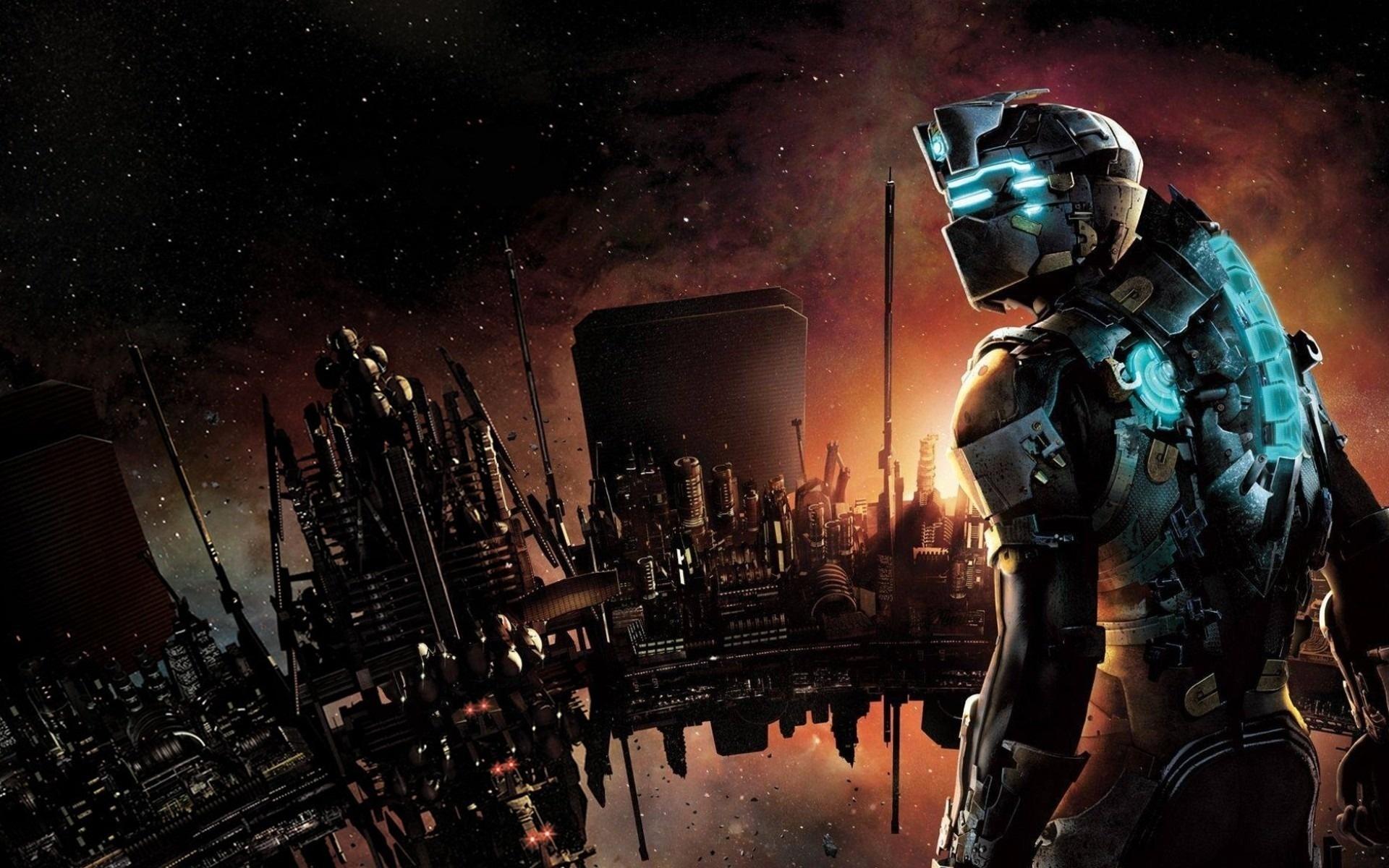
Survival Horror as a genre is one of the oldest staples of the gaming medium and there are many games in this genre that have changed the industry as a whole. Survival Horror formed its twisted roots into the ground with Sweet Home back in 1989, with the earliest recorded example of it being Haunted House back in 1982 on the Atari 2600. However, the genre has metamorphosed significantly since then, adorning both its ugly and beautiful faces over the years, eventually taking form as we know it today. Here I begin a journey chronicling the history and the present of this long-beloved genre.
Enter The Survival Horror
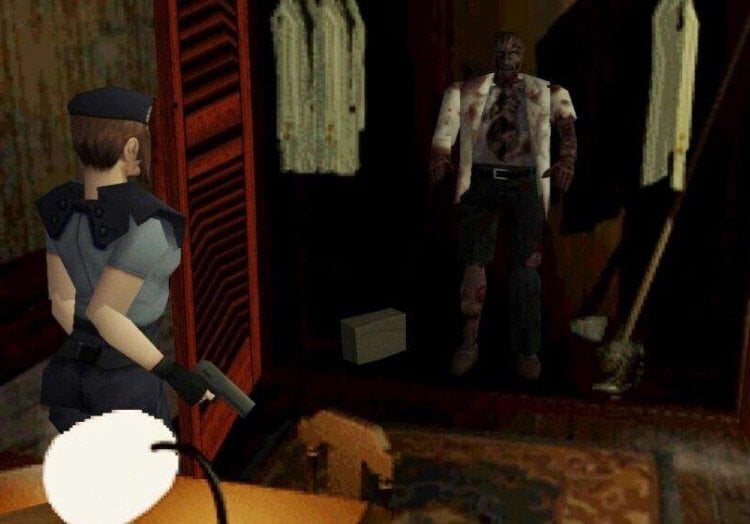
While Sweet Home is often considered the progenitor of Survival Horror, introducing elements that many associate with the genre today. It’s not really a game that you could recommend to most people save for the novelty of experiencing an up-and-coming genre at its infancy. Survival Horror as we recognize it wouldn’t be what it is without Shinji Mikami’s work on Resident Evil 1.
Shinji Mikami has often cited Sweet Home as the inspiration behind Resident Evil, implementing a lot of elements from that game into the game we recognize today. Resident Evil itself was responsible for giving the genre a solid identity, with elements like non-linear level design, puzzle-solving, resource management and tough decision making. It introduced an engaging gameplay loop that forced the player to consider what they needed to take for each trek around the mansion as inventory slots were often limited and save rooms were few and far between.
Resident Evil was a gamble that paid off brilliantly for CAPCOM. Not only instantly becoming one of the flagship titles for Sony’s PlayStation 1 but also spawning multiple sequels and spin-offs in the same console generation. At the time there were numerous attempts to recapture its appeal by many different developers. There were a handful of games that come close and many that even stood toe-to-toe with the juggernaut. These were games like Parasite Eve, Clock Tower, even CAPCOM’s own Dino Crisis, but most importantly, and the one that stood out the most from them all, Silent Hill.
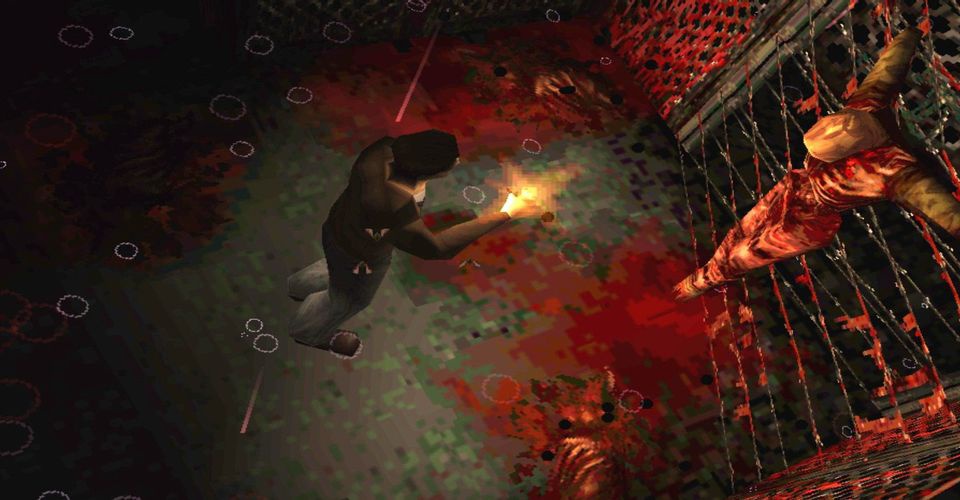
Silent Hill was a different beast compared to Resident Evil, while Resident Evil relied on B-Movie schlock with jump scares aplenty the game was still genuinely scary for its time, with its creepy pre-rendered backgrounds that just don’t look right coupled with its haunting score, but Silent Hill’s horror was subdued, more cerebral in nature, like a pair of needles slowly moving within your skin crawling through your entire body. And while Resident Evil’s music was creepy in its own right, Silent Hill’s music is what you would get if Satan started doing remixes for Nine Inch Nails.
Akira Yamaoka’s work on the Silent Hill series is downright legendary, not only defining a huge aspect of the series itself but also becoming a mainstay in the horror medium. Silent Hill 1 had this loud, grungy industrial music that never hesitated to do everything in its power to make sure you were terrified. One of the OSTs is literally composed using the inverted sound of a dentist drill, and it is just as terrifying as you’d expect. It was safe to say at the time that Konami and CAPCOM were both standing head-to-head with each other when it came to quality horror titles, a rivalry that continued into the next generation.
The Golden Era of Survival Horror
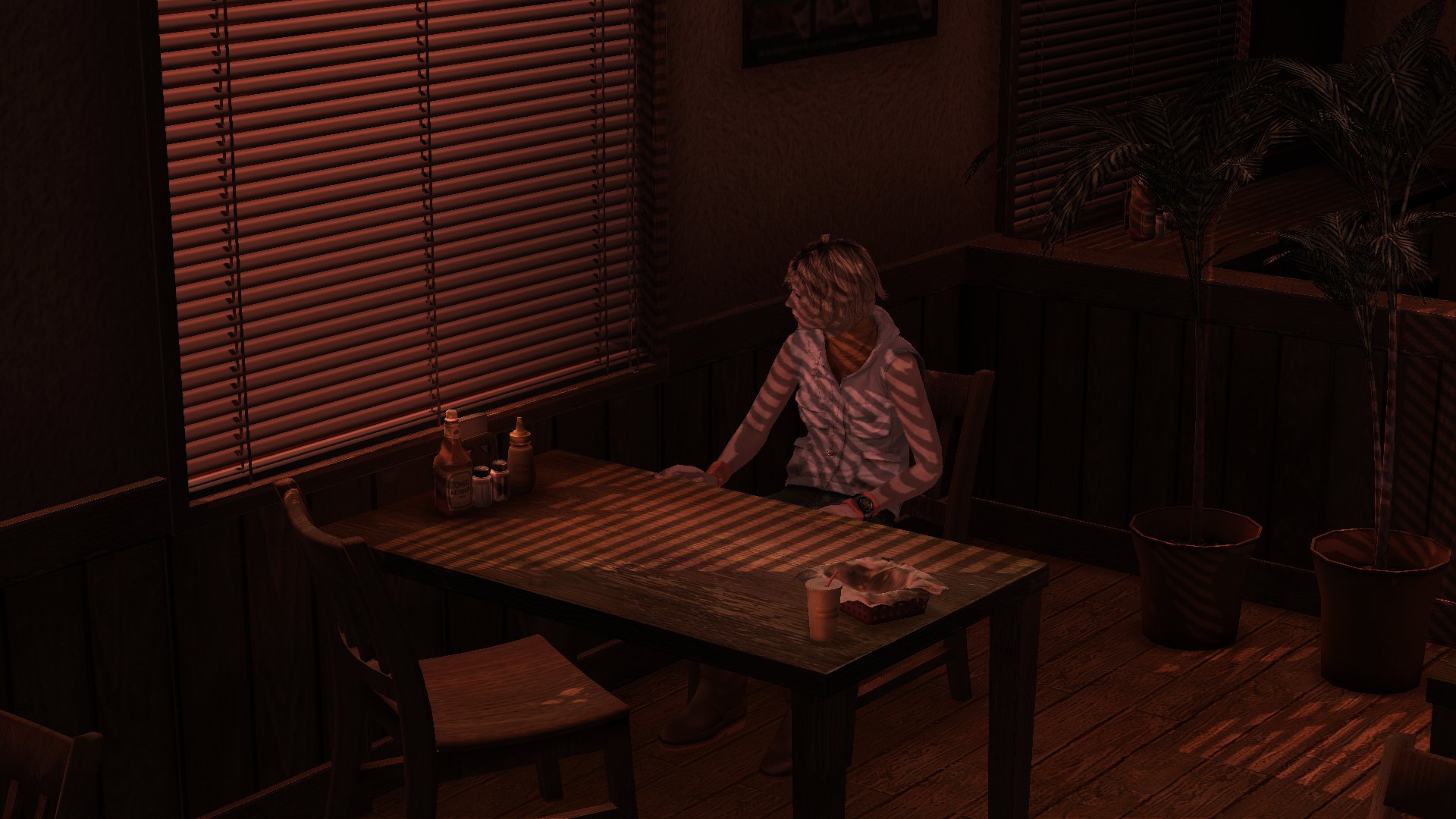
With the advent of new hardware like the PlayStation 2 and Gamecube, many developers flocked to showcasing new iterations of past franchises in cutting-edge fidelity. Konami pulled out the stops with Silent Hill 2 and Silent Hill 3, the former of which is widely considered to be one of the most monumental games of the PS2 generation and a prime example of quality storytelling in gaming. Koei Tecmo unveiled their supernatural J-horror-inspired Fatal Frame series, a series that combined aspects from both Silent Hill and Resident Evil, as well its own unique ideas to create one of the most terrifying experiences in the genre. While CAPCOM came out with quite easily the greatest remake in gaming history.
Resident Evil 1 Remake was a shining star in a genre filled with brilliant titles. It’s a product that’s made with an extreme eye for detail to make sure that every single change and addition feels like a positive improvement benefiting its gameplay loop as a whole. It’s a rare masterpiece that not only gets nearly every aspect right but also massively influences every future game in the genre with its ideas.

It was a bountiful period for Survival Horror fans, with the release of many underappreciated titles and famous franchises returning including games like Haunting Ground, From Software’s “Kuon”, Clock Tower 3, Eternal Darkness, etc. Following the release of Code Veronica, however, Resident Evil, as well as other survival horror series, started to get backlash from critics pointing out that the genre was starting to feel stale, the underwhelming launch of Code Veronica and Resident Evil 0 signified that it was finally time for change and following a tumultuous period of development that lasted several years, CAPCOM finally unleashed Resident Evil 4 on the world, completely shaking the industry to its core…
Game Over
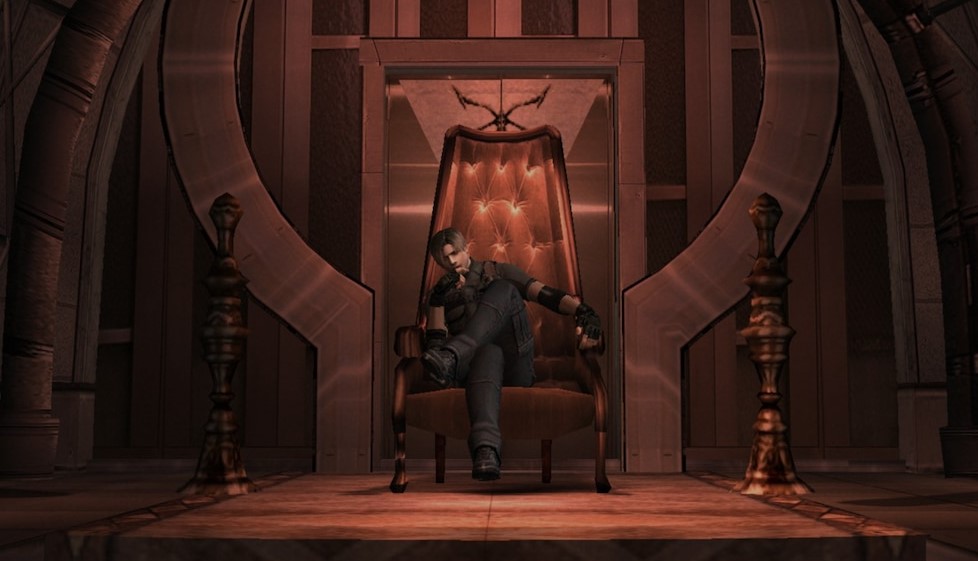
Resident Evil 4 is still widely cited as one of the most influential titles in the medium and was the first game to implement proper over-the-shoulder third-person aiming that most shooters use today instead of the fixed camera the genre had been using since its inception. It was a relative departure from what the series had been up to this point dialing up heavily on the series’ B-Movie influences, making a game that was equally as funny in its story and dialogue as it was stressful in its gameplay. In a vacuum RE4 is a near-perfect mix of action and survival horror with impeccable pacing and an addicting combat system but it was also where the genre began to experience its next decline.
The following generation was a shaky period for Survival Horror, Resident Evil had turned into something else entirely while trying to desperately ride the coattails of RE4’s success, while the SH series post-Silent Hil 4 plainly devolved into hackneyed attempts at recreating Silent Hill 2. Horror games were taking a new form with the massive influence of games like Amnesia: The Dark Descent, Slenderman, and Outlast. Games that were easy to advertise through Youtube Lets Plays. It was a new period of horror where games were more involved in being scary theme park rides.
Amnesia itself may have started the trend but there was a balance to it, you had to manage resources and be careful keeping check of your sanity, maintain steady sources of light at all times and solve puzzles while dealing with an omnipresent threat out to kill you. Like Resident Evil 4, Amnesia in itself is a fantastic experience, imitated endlessly to capture a trend.
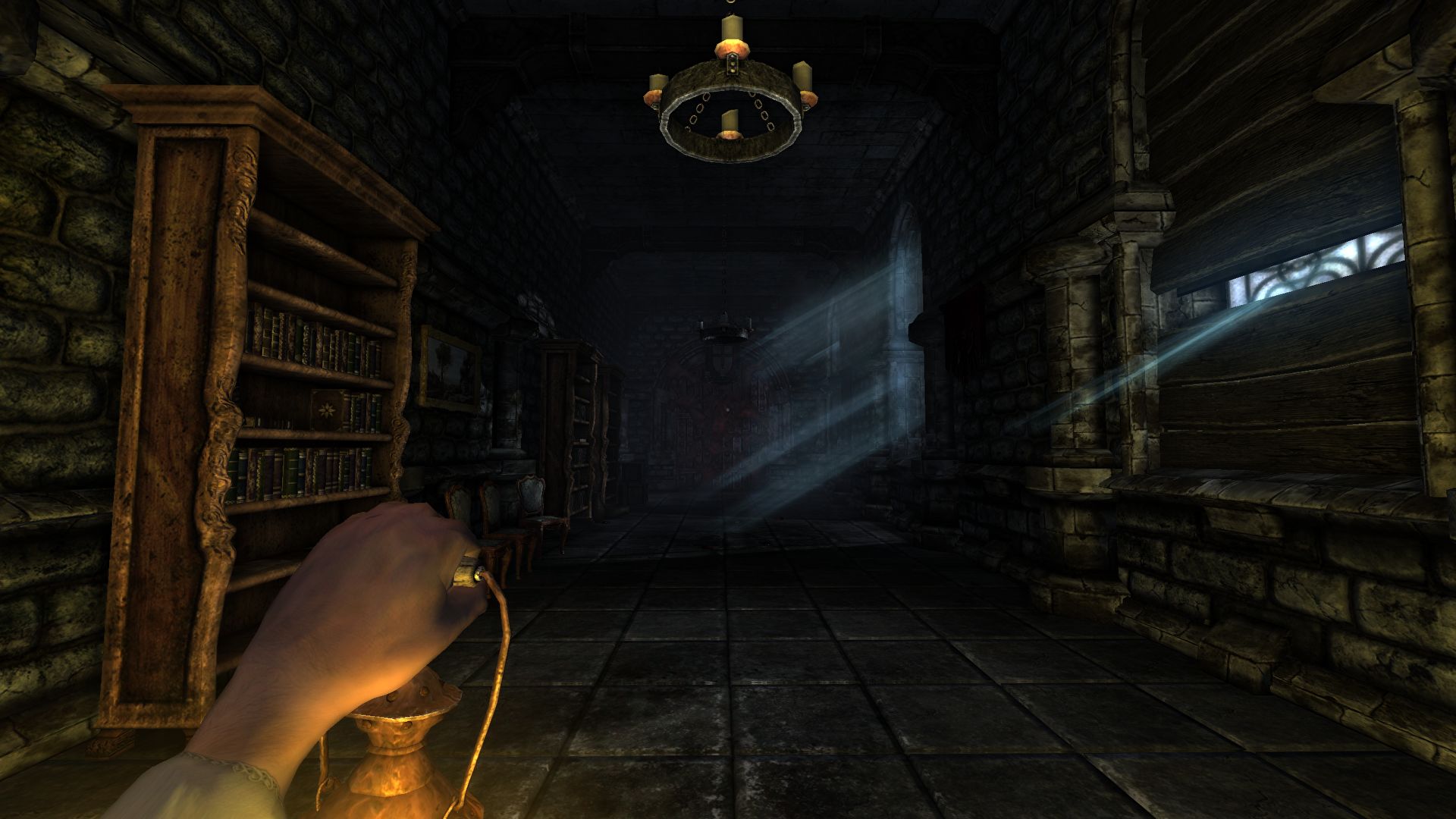
Horror had also started to take a more social appearance with numerous multiplayer-centric horror experiences like Dead by Daylight and Friday The 13th beginning to gain traction. Games like Dead Space and Alien: Isolation were more of an exception than the rule, and it seemed with Shinji Mikami’s rather underwhelming return with The Evil Within, interest in the genre was waning rapidly…
P.T
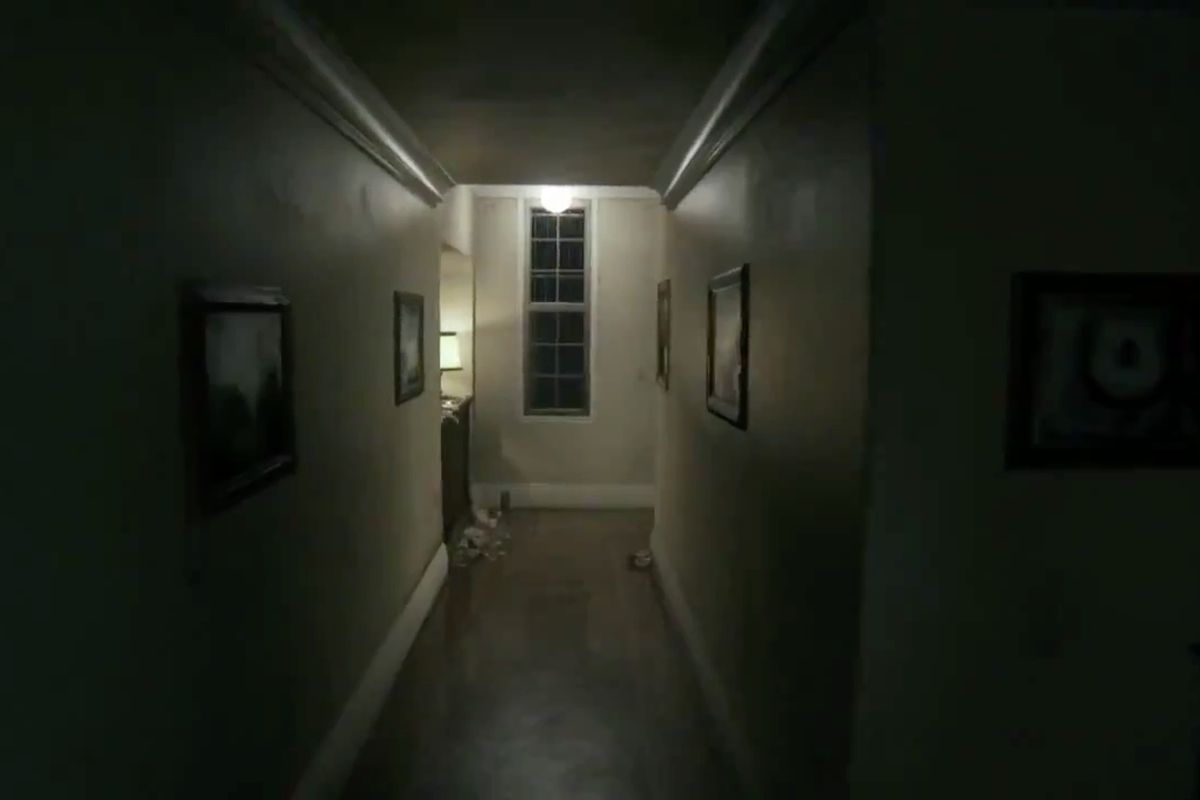
7 years ago, on the 12th of August 2014, a conspicuously small demo dropped on the PlayStation Store. A teaser for an upcoming horror game in the form of “P.T”, from legendary creator Hideo Kojima. Almost immediately P.T became a worldwide phenomenon in the gaming industry and sparking a most crucial turning point for the genre since Resident Evil. P.T was a short demo for an upcoming Silent Hill game (RIP) starring Norman Reedus and had some of the most prolific horror writers working on it featuring the likes of Guillermo Del Toro and horror manga author, Junji Ito.
While unfortunately, Silent Hills was something that never came to be, P.T on its own has become a cultural phenomenon that is widely talked about to this very day. A very brief experience set in a looping hallway with mysterious happenings and creepy sightings wherever you look, yet it’s due to its brevity that P.T remains as effective and as iconic as it is today. It created an undying legacy that has had great influence in the genre where it is right now, but there’s also one particular series that rose from the ashes of P.T.
Return to Survival Horror
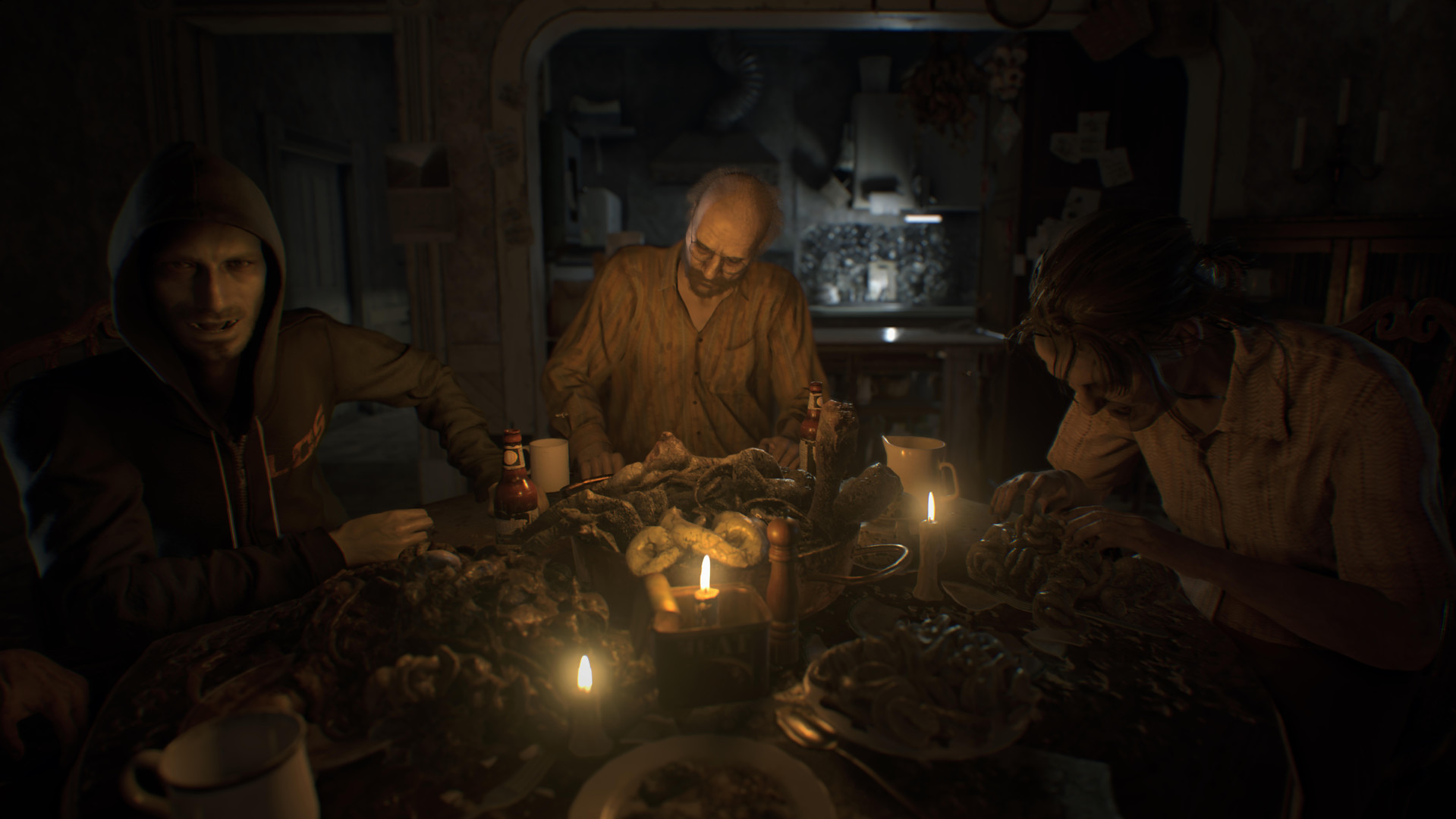
At E3 2016, 2 years after P.T, a new horror game was shown that seemed very much in line with what P.T was. First-person, claustrophobic environments set in a small house with strange noises. The title was revealed to be Resident Evil 7, the first mainline entry in the series since Resident Evil 6 way back in 2013.
Resident Evil 7 was released to critical acclaim. It was not just a return to form for the series, but a callback to what it used to be before it devolved into cheesy Hollywood action, featuring all the hallmarks of true Survival Horror: non-linear level design encouraging exploration and backtracking, combat that required careful use of your ammo and supplies in order to survive and an unnerving atmosphere that always kept the player on edge.
It was everything a modern survival horror Resident Evil needed to be and the first-person camera was a genius decision to intensify every scare and every moment of the game even more than it already was. Even though the game loses some of its touch by the last few hours, RE7 was a great sign of what was to come.
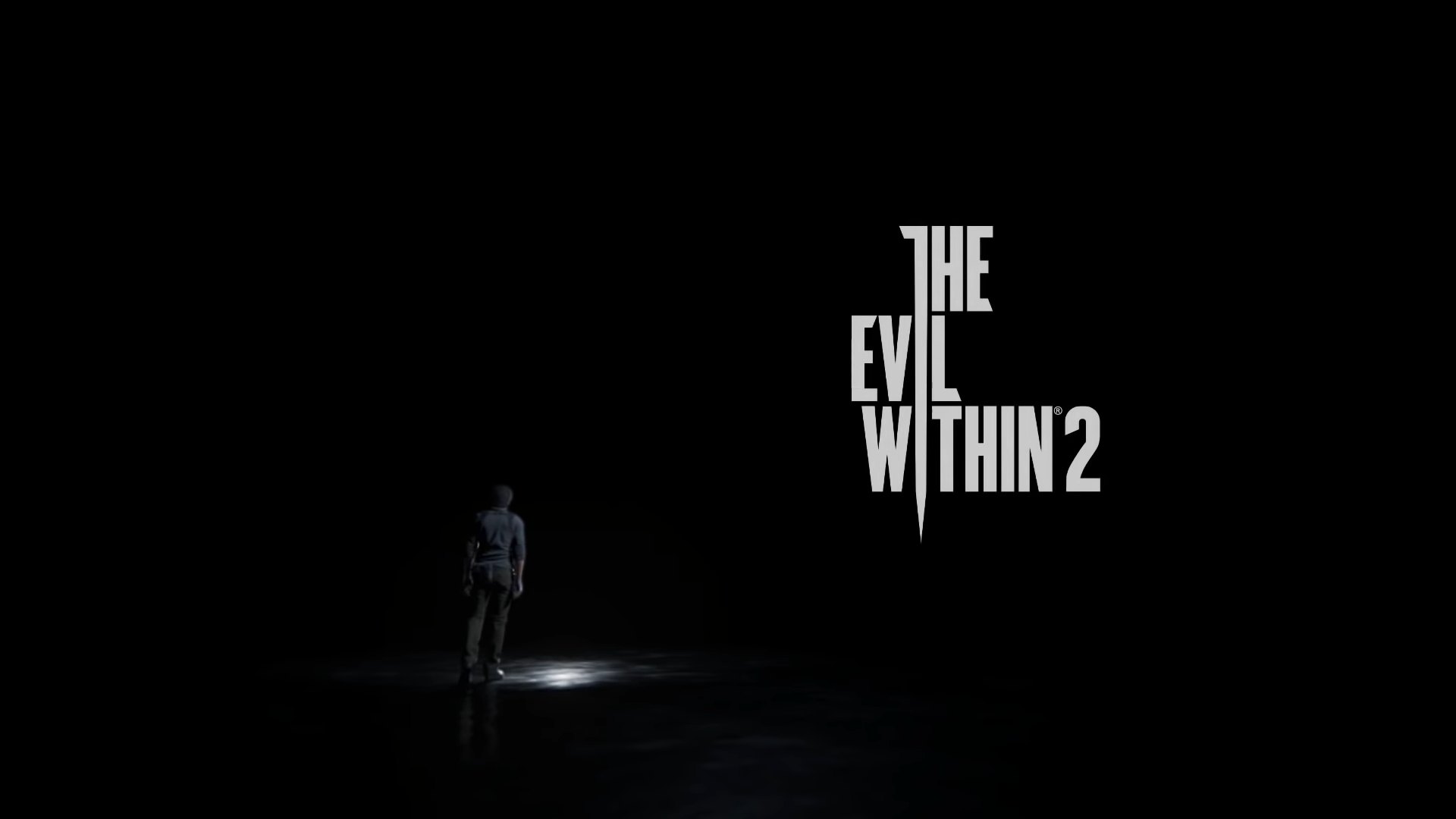
While Shinji’s Mikami’s The Evil Within wasn’t what everyone wanted, The Evil Within 2 was a perfect sequel that completely understood where the first game lacked and improved upon every single aspect until it was polished like a mirror sheen. It took what made both Resident Evil and Silent Hill special and doubled down on its influences placing it on a modern game framework and it worked spectacularly. Sadly, since its release the series has been on an indefinite hiatus, attributing to a lack of sales and recognition very likely due to the game’s sparse marketing and no Shinji Mikami this time around.
Following RE7’s release, CAPCOM also unveiled their newest project, a full-on remake of Resident Evil 2, a fan-favorite entry in the RE franchise. While Resident Evil 2 Remake used a third-person camera, It was an intense, stress-inducing experience that kept players on the edge of their seats at all times and a contributing factor to that intensity was also the game’s most divisive feature. Mr. X was a constant invulnerable stalker that would chase you throughout the game and always put pressure on you to be moving fast. Many players considered him an annoyance that got in the way of the game’s enjoyment and “purity”.
Yet I also think Mr. X is the most clever addition in the game, especially on repeat playthroughs. He incentivizes memorizing shortcuts around the level, dealing with enemies rapidly, and always being on the move, he’s not a threat that you hide from, he’s like an invisible timer that you fight against at a constant pace. It’s a unique approach to survival horror which I personally respect considering how bold of a decision it was to include him. Resident Evil 2 Remake came out in 2019 and immediately exploded in popularity even more so than RE7 did and there was suddenly a huge boom…for both survival horror and game remakes.
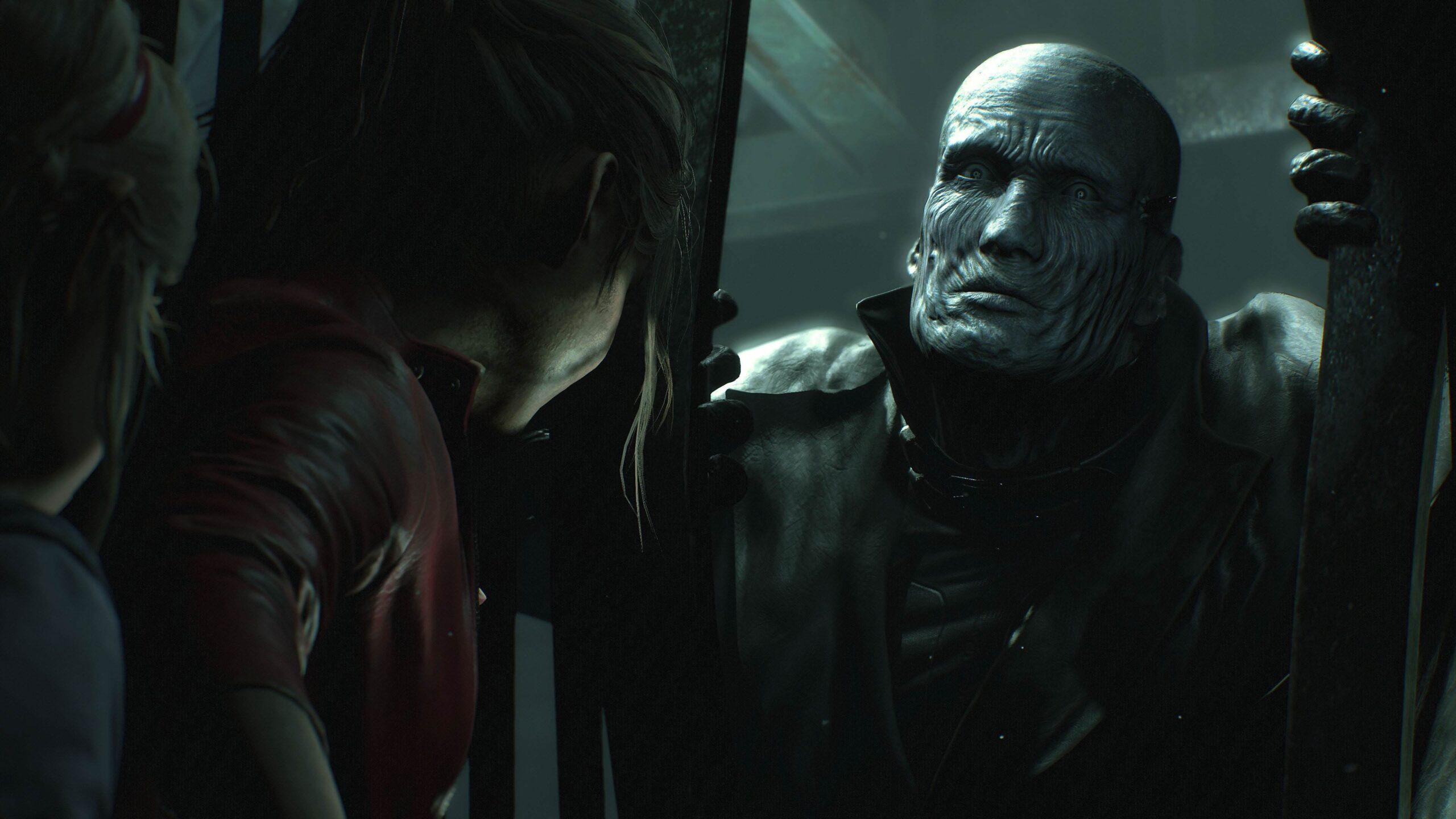
Summary
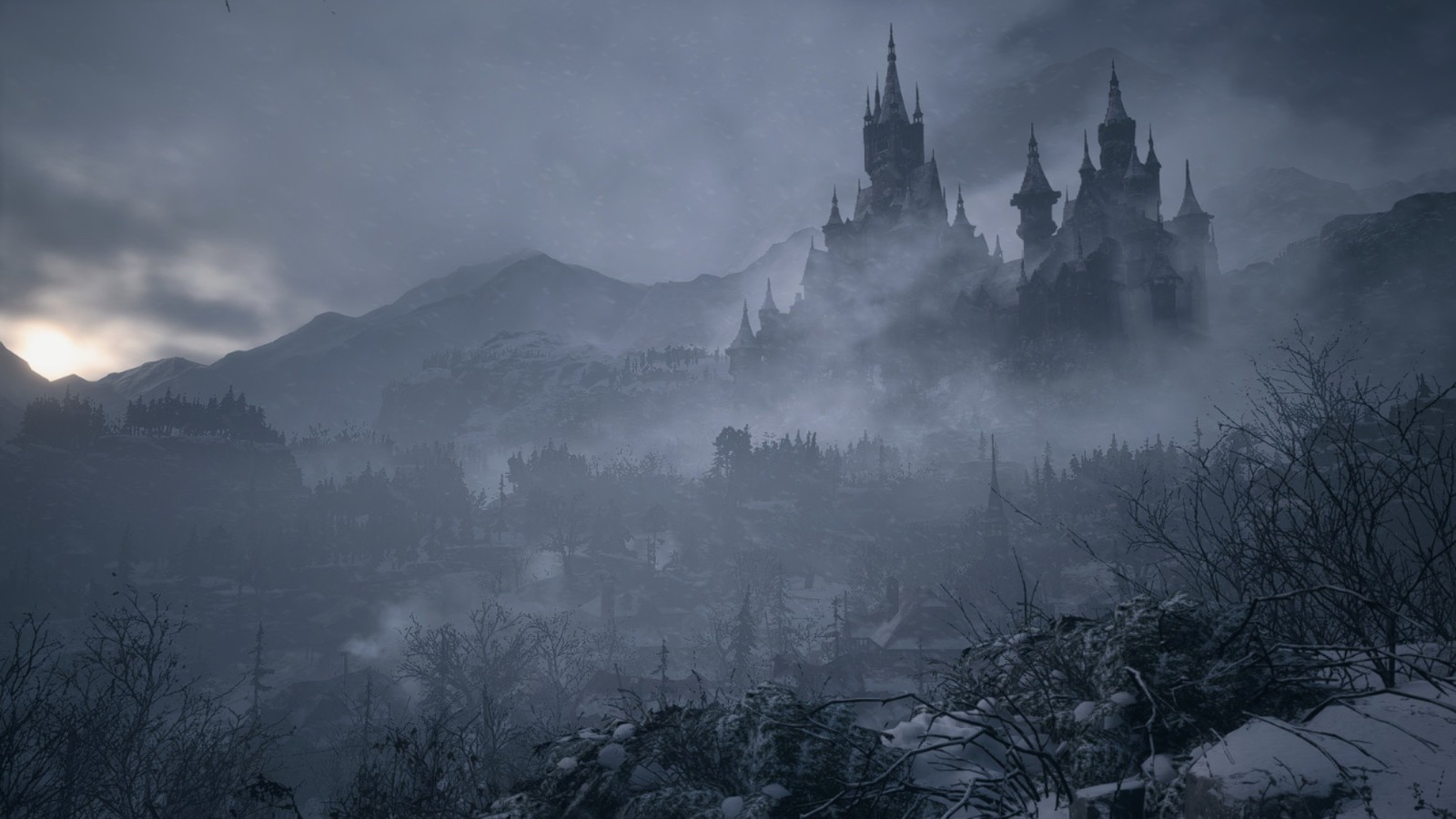
Coming back to the present day in 2021 and interest in the genre is once again brimming as publishers are starting to realize the lucrative potential in survival horror games. Resident Evil Village has been an overwhelming success for CAPCOM(partly due to its ”tall” marketing campaign) that has proved beyond a shadow of a doubt that the genre still has an extreme amount of potential.
With Resident Evil at its element, yet again, as well as developing interest in classic franchises like Fatal Frame and Silent Hill and EA confirming a remake of the first Dead Space, I think it’s safe to say that the genre has finally made a return after so many years of staying dormant, and I couldn’t be any happier.
Thanks! Do share your feedback with us. ⚡
How can we make this post better? Your help would be appreciated. ✍
